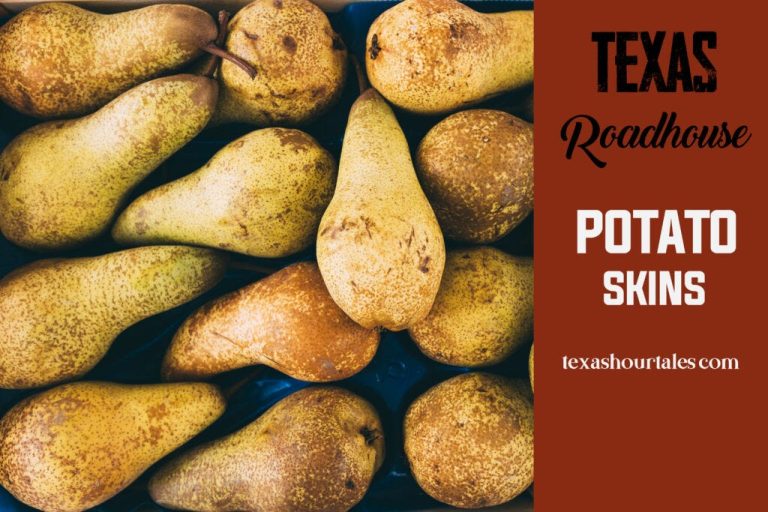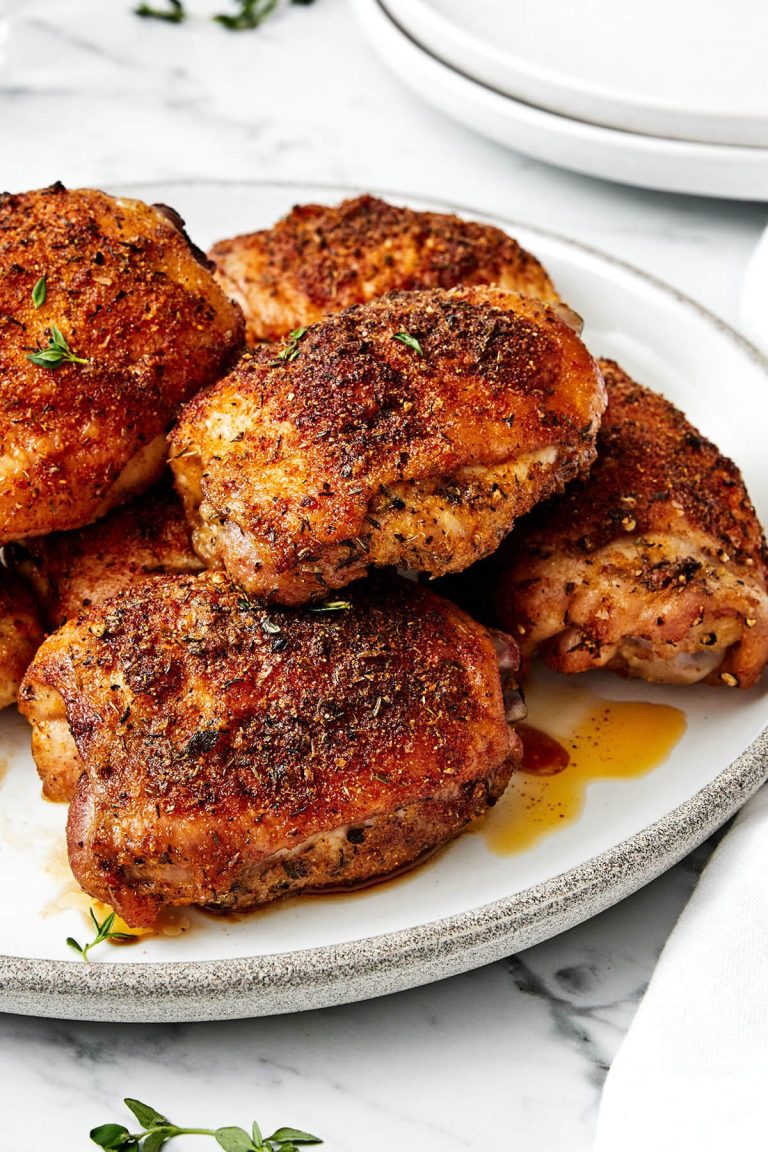Charleston Red Rice: A Culinary Journey Through History and Flavor
Charleston Red Rice draws significant influence from West African cuisine. Enslaved Africans brought rice cultivation techniques to America, along with culinary traditions that shaped Southern dishes. In West Africa, jollof rice—made with tomatoes, onions, and selected meats—bears a striking resemblance to Charleston Red Rice. Key ingredients like tomatoes and bell peppers echo this heritage.
The Development in the Lowcountry
Charleston Red Rice evolved as it absorbed local ingredients and cooking methods. In South Carolina’s Lowcountry, rice became an agricultural staple due to the region’s swampy terrain. Over centuries, the dish adapted to include bacon or sausage, enhancing its rich flavor profile. The Gullah-Geechee community, descendants of enslaved Africans, preserved and enriched this culinary tradition, embedding it deeply in Southern comfort food.
Key Ingredients in Charleston Red Rice
The Importance of Carolina Gold Rice
Carolina Gold rice is central to Charleston Red Rice. This heirloom variety has long grains and a unique nutty flavor. Originally cultivated in the 18th century, it shaped Southern cuisine. When you use Carolina Gold rice, its texture holds the dish together, maintaining distinct grains even after cooking. Its flavor complements the other ingredients, creating a harmonious profile that’s both rich and satisfying.
The Role of Smoked Bacon or Sausage
Smoked bacon or sausage adds depth to Charleston Red Rice. These protein sources infuse the dish with a smoky, savory undertone. If you cook the bacon or sausage first, they release fats that coat the rice, enhancing each bite. The meat also provides textural contrast, making the dish more enjoyable. Popular choices include Andouille sausage and thick-cut smoked bacon, both contributing unique flavors.
Tomatoes and Spices
Tomatoes form the base of Charleston Red Rice’s sauce. Fresh or canned tomatoes break down during cooking, adding moisture and tangy sweetness. You can also use tomato paste to achieve a more concentrated flavor. Spices such as paprika, cayenne, and black pepper add warmth and complexity. They balance the tomatoes’ acidity, and when combined with the other ingredients, they create a balanced, flavorful dish. Adding bell peppers, celery, and onions enhances the overall taste and introduces more layers of flavor.
Cooking Methods for Authentic Charleston Red Rice
Traditional Stove-Top Techniques
Prepare Charleston Red Rice traditionally using a stovetop method, which allows for precise control over moisture and texture. Start by sautéing diced bacon or sausage over medium heat until crispy. Remove the meat, leaving the rendered fat. Add finely chopped bell peppers, onions, and celery to the fat, cooking until the vegetables soften.
Incorporate Carolina Gold rice into the pot, stirring to coat the grains with fat and vegetables. Add pureed tomatoes or tomato sauce, mixing thoroughly. Return the bacon or sausage to the pot and season with paprika, cayenne, salt, and black pepper. Gradually pour in chicken or vegetable broth, ensuring the liquid covers the rice mixture.
Bring the pot to a simmer, then reduce the heat to low. Cover and cook for approximately 20-25 minutes, checking periodically. The rice should absorb the liquid and remain distinct yet tender. Fluff the rice gently with a fork before serving.
Modern Takes and Variations
Modern variations of Charleston Red Rice incorporate additional ingredients and alternative cooking methods. For a healthier version, substitute turkey sausage for pork sausage. You can add more vegetables like diced zucchini, carrots, and spinach for extra nutrients.
Use a rice cooker or slow cooker for convenience, adding all ingredients at once and setting the cooker accordingly. This method ensures an even cook and minimal supervision. Some recipes use brown rice instead of white rice for a fiber-rich alternative, though the cooking time extends accordingly.
Experiment with seafood, such as shrimp or crab, for a coastal twist. Add these proteins during the last 10 minutes of cooking to avoid overcooking. Season with fresh herbs like parsley or thyme before serving to enhance the dish’s freshness.
Keep these variations in mind to suit different dietary preferences or to provide a unique spin on the classic recipe.
Serving Suggestions for Charleston Red Rice
Common Pairings and Side Dishes
Charleston Red Rice pairs well with several dishes, enhancing its robust flavors. Fried chicken provides a crispy contrast to the savory rice. Collard greens, with their slight bitterness, complement the dish’s rich taste. Cornbread, a Southern staple, adds a touch of sweetness and different texture. For seafood lovers, fried shrimp and catfish offer a delicious coastal flair.
| Pairing Dish | Description |
|---|---|
| Fried Chicken | Crispy exterior, juicy interior adds texture contrast |
| Collard Greens | Slightly bitter taste complements the rich rice flavor |
| Cornbread | Sweetness and fluffy texture balance the dish |
| Fried Shrimp | Coastal seafood flavor enhances the meal |
| Fried Catfish | Mild fish flavor pairs well with the spiced rice |
Creative Serving Ideas
Elevate your Charleston Red Rice with creative serving ideas. Use it as a base for a Southern-inspired grain bowl, adding roasted vegetables, avocado, and a poached egg. Transform leftovers into stuffed peppers by mixing with cheese and baking until golden. Create a Charleston Red Rice skillet, topped with shrimp and scallions for a hearty brunch. Serve in small portions as an appetizer at gatherings, or use as a filling for wraps, providing a portable version of the classic dish.
Culinary Significance of Charleston Red Rice in Southern Cuisine
Historical Impact on Charleston’s Food Culture
Charleston Red Rice holds a pivotal role in Charleston’s food culture. Enslaved Africans brought rice cultivation skills, making this dish a cornerstone of Lowcountry cuisine. Historically, Charleston became a major rice producer due to the labor-intensive practices taught by these skilled farmers. This cultural exchange significantly impacted the region’s culinary traditions, resulting in dishes like Charleston Red Rice. The Gullah-Geechee community preserved many traditional recipes, ensuring the dish’s authenticity. The use of local ingredients like bacon or sausage enriched its flavor profile over time.
Charleston Red Rice in Contemporary Southern Restaurants
Charleston Red Rice continues to be a staple in Southern restaurants. Its rich history and complex flavors make it a popular menu item. Restaurants often serve it alongside seafood, chicken, or barbecue, showcasing its versatility. Some chefs add unique twists by incorporating herbs, seafood, or seasonal vegetables. Modern variations still respect traditional methods while innovating to create new culinary experiences.
Restaurants provide a snapshot of Charleston’s historical and cultural heritage through this dish, making it a must-try for visitors and locals.
Conclusion
Charleston Red Rice isn’t just a dish; it’s a culinary journey through history. From its West African roots to its evolution in South Carolina’s Lowcountry, it embodies a rich cultural tapestry. The Gullah-Geechee community has been instrumental in preserving this tradition, ensuring its flavors stay authentic.
Whether you’re savoring it with fried chicken or exploring modern variations, Charleston Red Rice offers a unique taste of Charleston’s heritage. It’s a must-try for anyone looking to experience the region’s historical and cultural essence.





